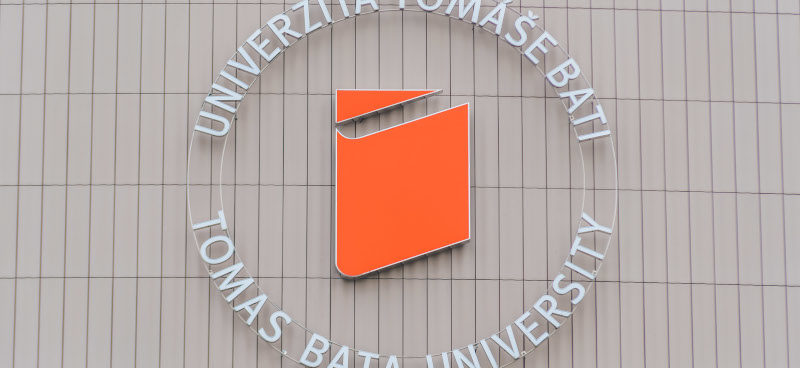
TBU Moving Up International University Ranking
17. October 2019On Tuesday, 15 October 2019, the new QS EECA University Ranking 2020 was published. The QS World University Ranking is the second oldest international ranking of higher education institutions compiled by the research company Quacquarelli Symonds Limited (QS). The evaluation carried out within the QS World University Rankings not only enables a general comparison of higher education institutions but also a comparison according to individual specializations, and, for example, to employer reputation as well.
In the EECA (Emerging Europe and Central Asia) Rankings, TBU in Zlín has improved by seven places compared to last year and occupies the 85th position among 350 evaluated higher education institutions from Central and Eastern Europe and from Central Asia. It is the best position reached by TBU in the EECA Rankings during the last three years.
Russian universities – Lomonosov Moscow State University, Saint Petersburg State University and Novosibirsk State University – took the top three spots.
Four Czech universities are ranked in top positions: Charles University (5th place), Czech Technical University in Prague (9th place), Masaryk University in Brno (No. 10) and Palacký University in Olomouc (No. 44). Other Czech higher education ranked behind TBU in Zlín include: Technical University of Liberec (112), University of West Bohemia in Pilsen (117), University of South Bohemia in České Budějovice (123), University of Pardubice (130), University of Ostrava (161) and University of Hradec Králové (168).
The QS World University Rankings use a unique methodology when compiling university rankings, taking regional differences into consideration. The evaluation is based on the following six indicators: Academic reputation (40 %), employer reputation (10 %), proportion of international students and academic staff (20 %), citations per paper (20 %), number of international academics (5 %) and number of international students (5 %).
For a detailed description of the methodology and an overview of the rankings please refer to www.topuniversities.com.